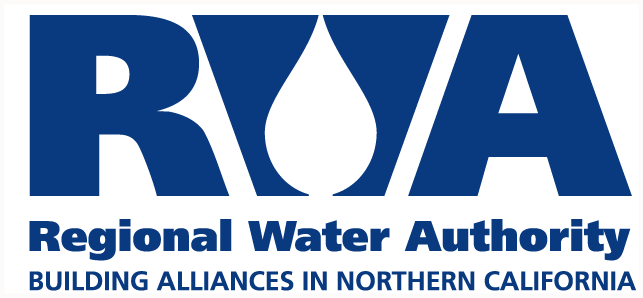By Steve LaMar and Sean Bigley
Gov. Gavin Newsom has extended the drought emergency statewide and called on all Californians to redouble their efforts to conserve water. His call to action is critical even with the storms that recently soaked California, because we know that a lot more rain and snow will be needed to lift the state out of the drought.
The Governor’s approach to statewide conservation is laudable, as well, because it continues to empower water managers with matching local water supply conditions with conservation, rather than relying on statewide mandates. While conservation is a critical tool for saving water during a drought, it is only one of many actions that must be taken to address drought. Investing in water infrastructure and the ability of local water managers to diversify supplies are also essential to building climate resilience throughout the state.
For example, members of the Regional Water Authority (RWA), which represents 19 water providers serving 2 million people in the Sacramento region, over the years have invested strategically in new pipelines, interties, pumps, and groundwater wells to move water where it’s needed. With state investment during the last drought, water providers in the Sacramento region implemented nearly 20 projects to increase water supply reliability. These projects allow the region to shift to groundwater and share water. This provides both local and statewide benefits by making groundwater available for local communities while leaving more surface water in our lakes and rivers to help the environment.
Conservation works hand-in-hand with these long-term investments, and the Sacramento area shows encouraging results. Early this summer, for example, the RWA began coordinating with its member agencies to launch a regional conservation campaign in both English and Spanish on television, radio, billboards, online and via partnerships with the Sacramento Tree Foundation, local nurseries and others. Early results show that the message was heard – the region had a 6 percent decrease in water use in August. This was in spite of a scorching hot summer when water use typically peaks in the Sacramento region.
The Association of California Water Agencies (ACWA) and RWA take the drought and Gov. Newsom’s call to conserve water very seriously. We see first-hand the impacts of this severe drought on our local water resources and acutely understand that 2022 could be even more challenging should dry conditions persist. We are working collaboratively with the state on the Save Our Water campaign, which is now launching a broad-reaching informational program to communicate the value of conservation across California’s diverse population. This statewide campaign will augment local and regional communications efforts and amplify the message to all Californians about the importance of conservation during this critical time. It’s ultimately up to Californians to heed the call and change behaviors to meet the conservation goals.
As vital as water conservation is to weathering the current drought, we also know it is only one part of the puzzle. Building climate resiliency will take partnership, action and robust investment by local, regional, state and federal agencies. Most of the costs of resilience are borne at the local level. The state recently took a step in the right direction by approving $3.5 billion for water resilience as part of the 2020-21 budget. It will also take an unwavering focus by all agencies on a long-term vision for climate adaptation to meet the state’s 21st century water needs.
Steve LaMar is President of the Association of California Water Agencies, which represents more than 460 public water agencies in California, and a Director of the Irvine Ranch Water District in Southern California. Sean Bigley is chair of the Regional Water Authority and Assistant Environmental Utilities Director for the City of Roseville.


